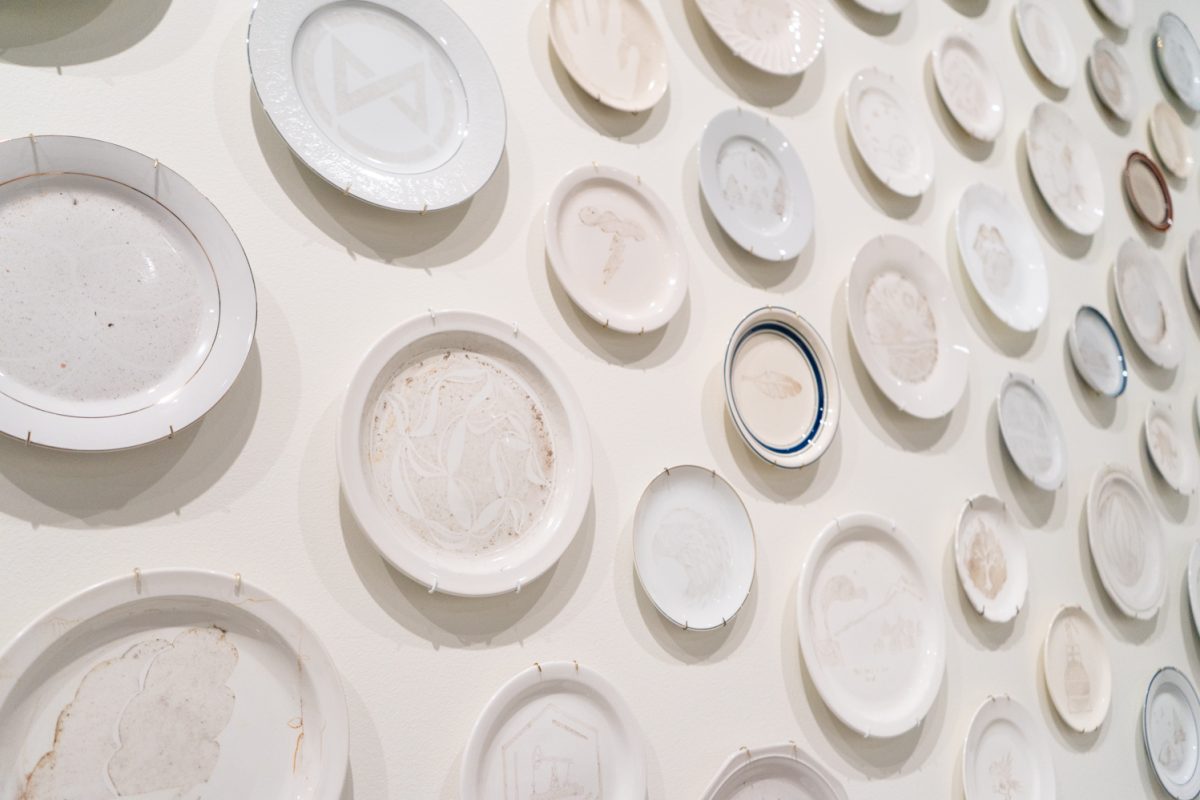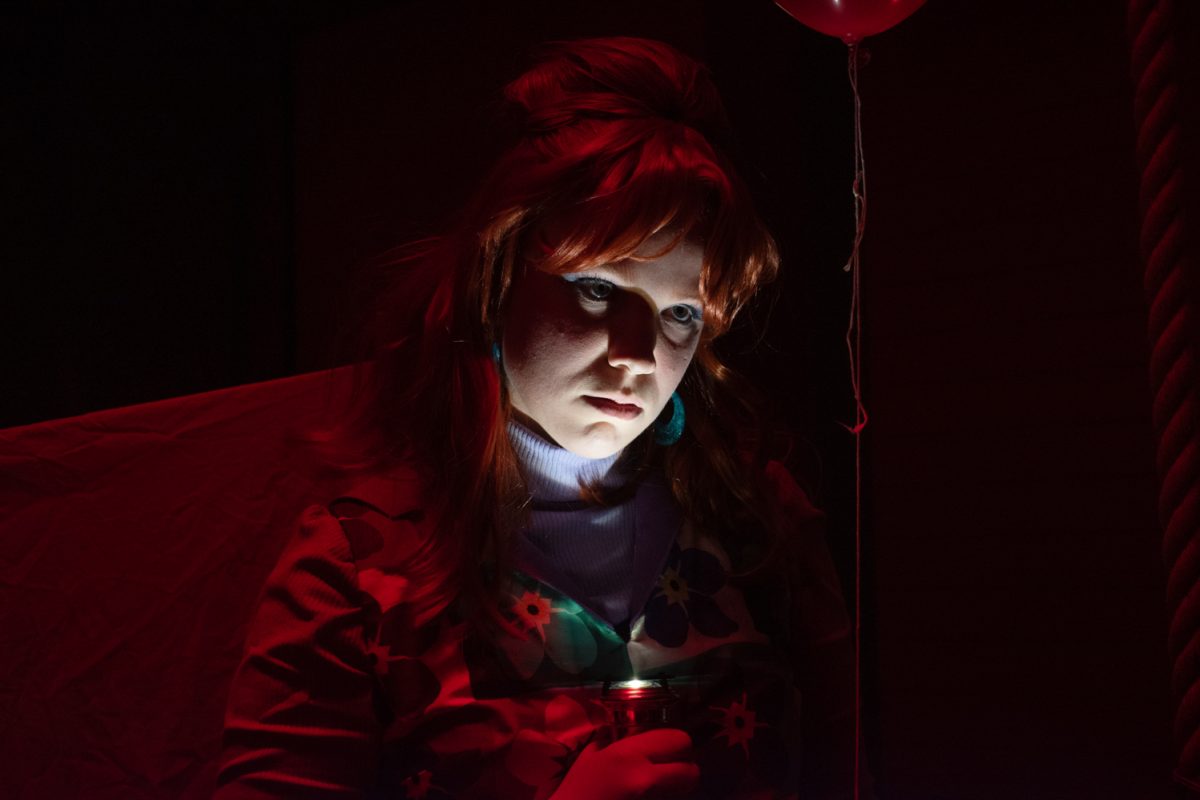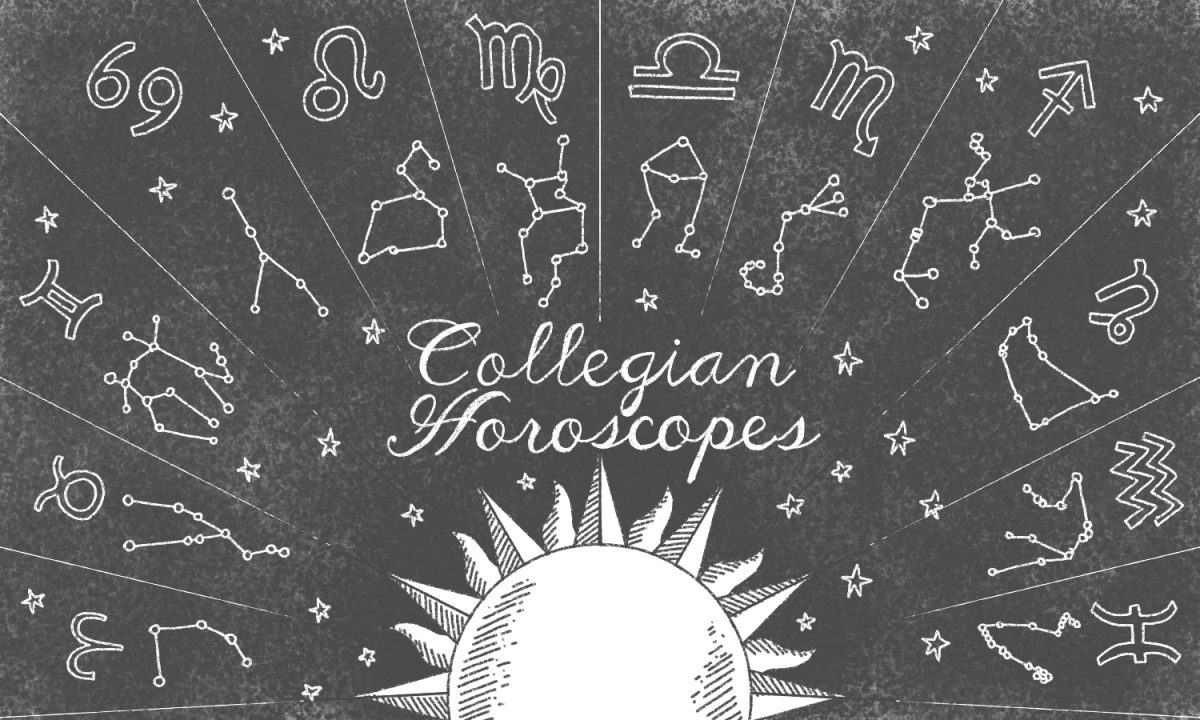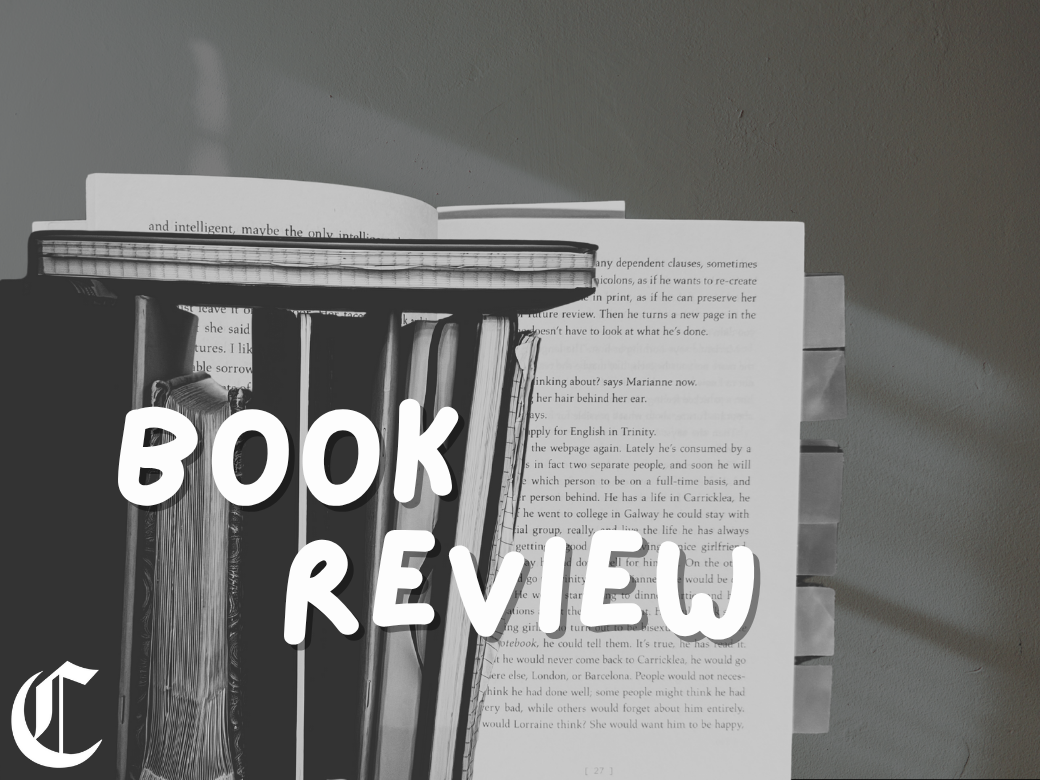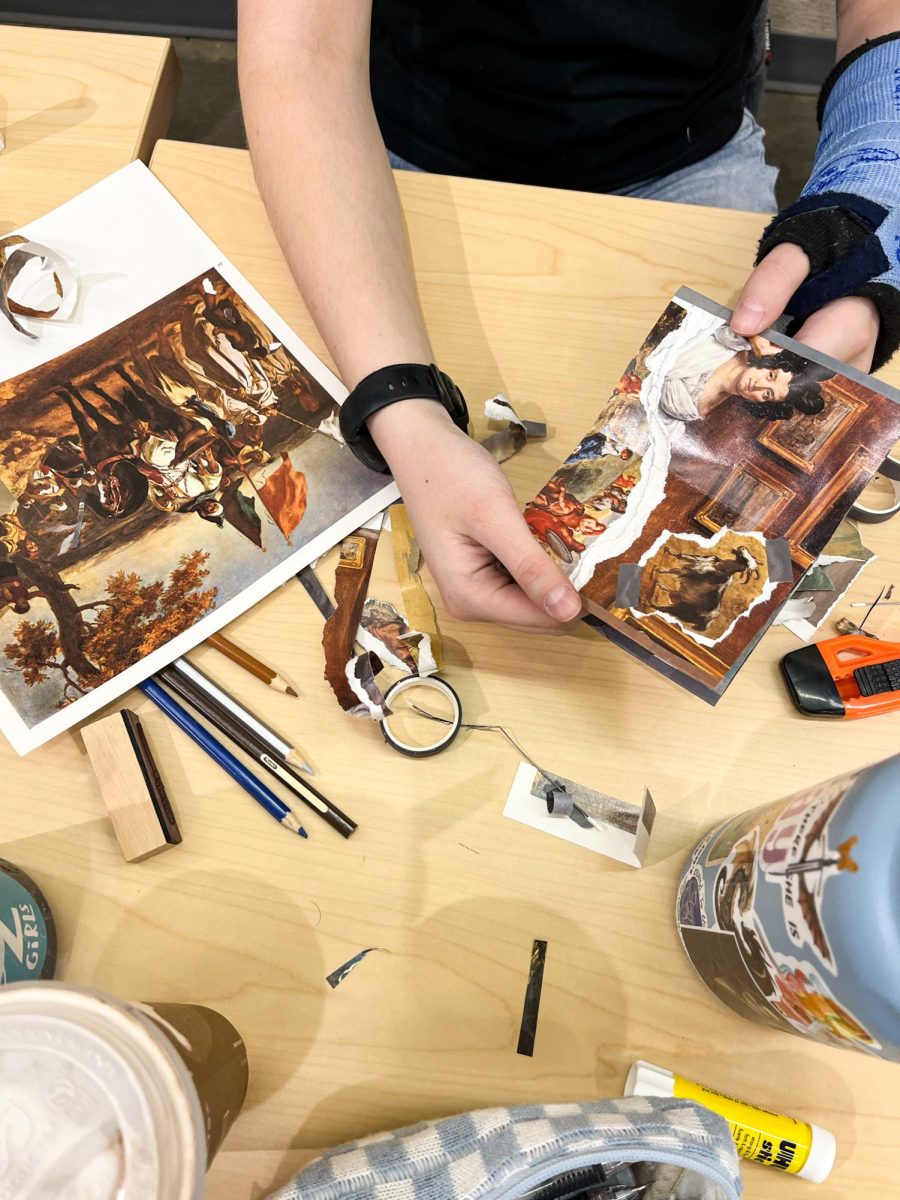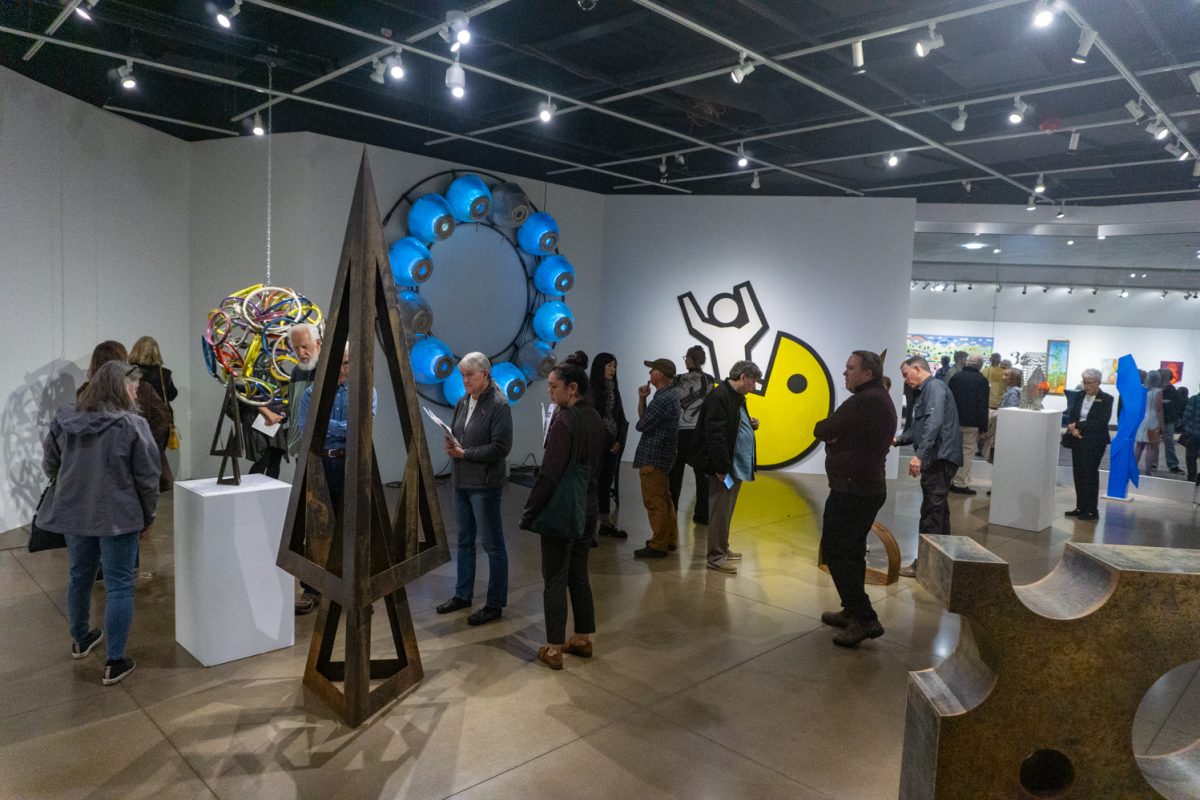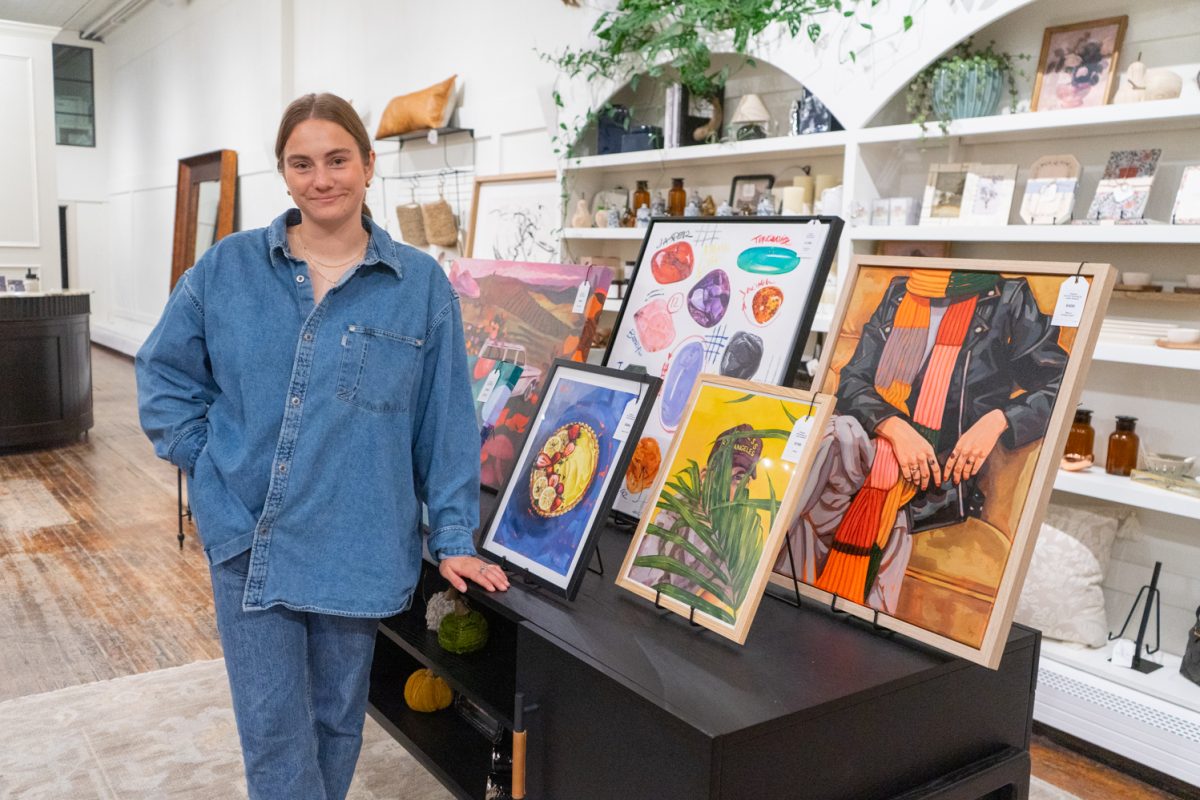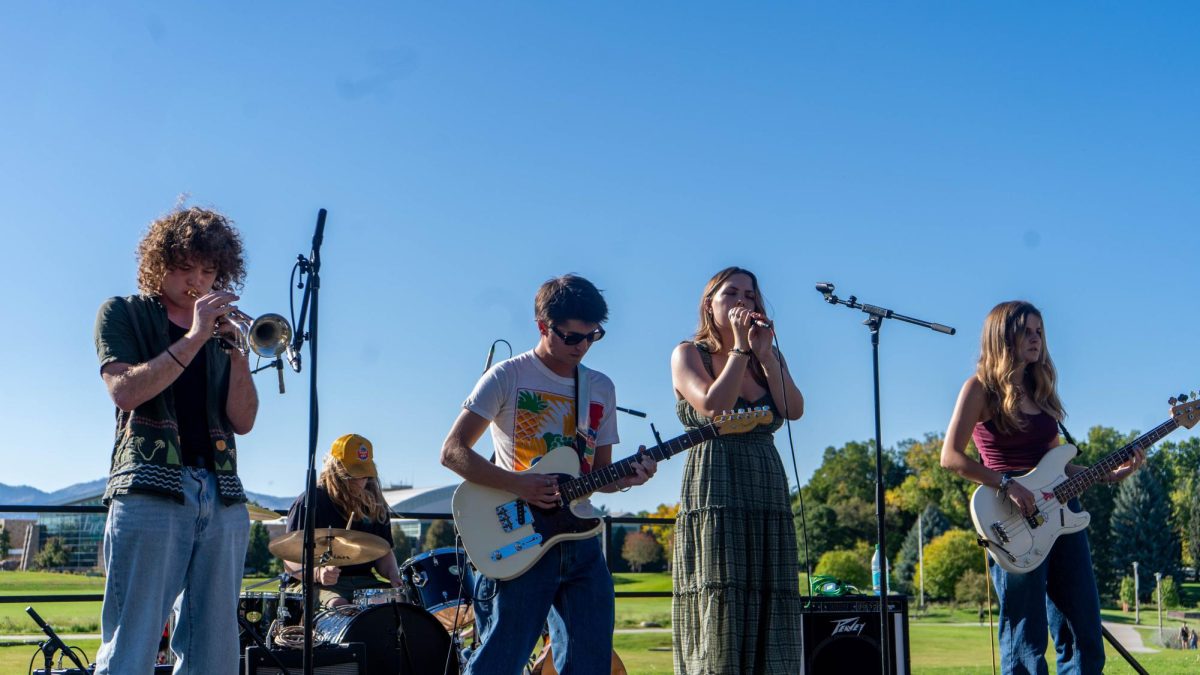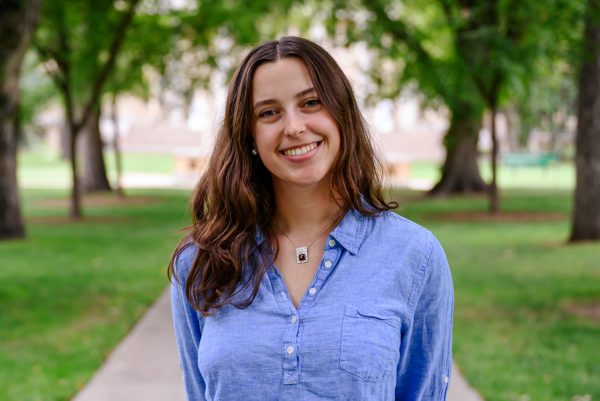The five senses are incapable of perceiving reality — which is to say, air pollution and the effects of climate change.
“Community Smog” is a collaboration between artist Kim Abeles and the community members of Northern Colorado. The art gallery highlights the dangers of atmospheric pollution in the Front Range and across the Western United States. On display at the Gregory Allicar Museum of Art until March 14, this exhibit illuminates the effects of smog by unifying art and science.
Rather than a list of data, an article or numbers and letters to bring about fleeting ideas in audiences, the gallery forces viewers to face Northern Colorado’s air pollution through the accumulation of smog.
“It makes it very real, tangible and visceral,” said Robert Alexander, creator of one of the plates at a smog collector workshop. “You can’t deny that it’s there; it’s right in your face. That’s part of what I love about the power of art — you can communicate things even without words that immediately impact people on a deep level of consciousness.”
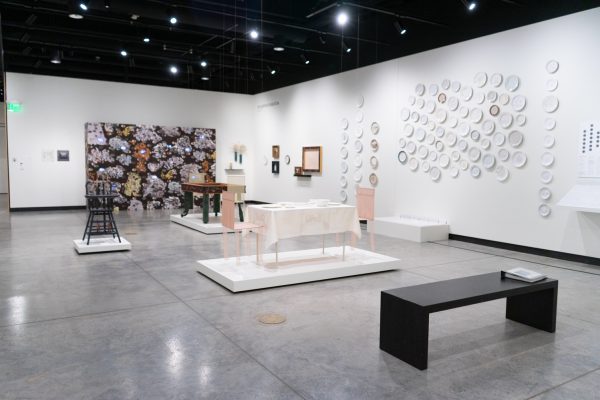
Smog collector images are created by placing stencils on plates or fabrics and leaving them outside to collect particulate matter, microscopic solids or liquid suspended in air — all of which can be inhaled and cause serious health problems. The worse the air quality, the darker the image.
“Smoke contains thousands of different compounds in it, but wildfire smoke is one of our major air quality issues here,” said Emily Fischer, a professor in atmospheric science at Colorado State University. “The part of smoke that you see is the fine particulate matter.”
Abeles, the artist of the exhibit, explores environmental issues, civic engagement and feminism, among other wildlife and community concerns. She innovated the method of creating images from smog in 1987, making her internationally renowned.
“What we need is not only thinking about this stuff but really having a human connection to what it is, why it is and what we can do about it,” Abeles said.
Most of the pieces on view in the exhibit were created by Fort Collins seventh graders and residents of Boulder County and Northern Colorado who worked with Abeles on part of the project.
“I see the value in any of the exchanges I make,” Abeles said. “I do workshops sometimes with little kids, and I think that’s just as valuable as if I’m on a panel at the Natural Resources Defense Council. I think it is really important, especially with the youth to inform them in these creative ways.”
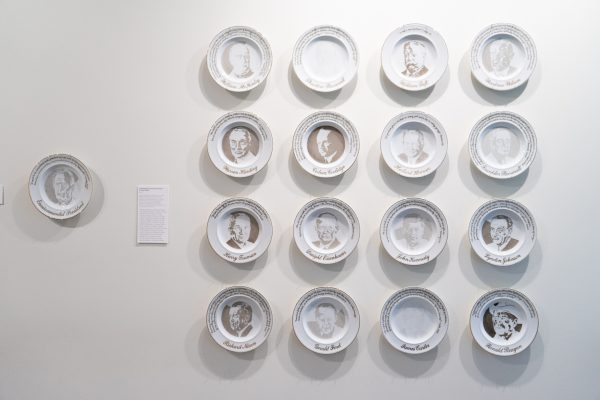
“Community Smog” is presented in collaboration with the Center for Environmental Justice and the department of atmospheric science at CSU, alongside the City of Fort Collins and Larimer County.
While the exhibit focuses on fine particulate matter that accumulates over a short period of time, it is only a fraction of the pollutants in Colorado’s air.
“We are routinely receiving these big pulses of wildfire smoke, and that’s being exacerbated by climate change,” Fischer said. “We have a lot of oil and gas activity, which brings air toxins to our air like benzene and other carcinogens.”
The Front Range and Denver metropolitan area are in an ozone nonattainment area, meaning the region exceeds federal ozone standards and must take steps to reduce emissions to comply with regulations.
“Because it’s odorless and colorless, you don’t see it,” Alexander said. “It’s affecting us, and it’s affecting the health outcomes of people along the Front Range without them even knowing about it.”
Specific cities and communities are affected differently depending on where you are. When smog collectors were placed closer to concentrations of traffic, particulate matter and air pollution residue was darker.
The amount of air pollution is also largely dependent upon the seasons, as particulate matter in Colorado has a seasonal cycle.
“When you get in fire season and through summer, that’s when activity kicks up,” Abeles said. “That’s why it’s important to really compare the results.”
Fischer emphasized the connection between climate change and wildfires. Climate change is heating up North America and the Western United States, which is drying out the environment. Because warmer air can hold more water, it dries out the landscape.
“The vast majority of the increase in wildfire burn area that we’ve seen across the West since the 1980s is directly linked to climate change,” Fischer said. “Climate change is enabling fires to advance higher, for them to advance faster, for larger burn areas to occur.”
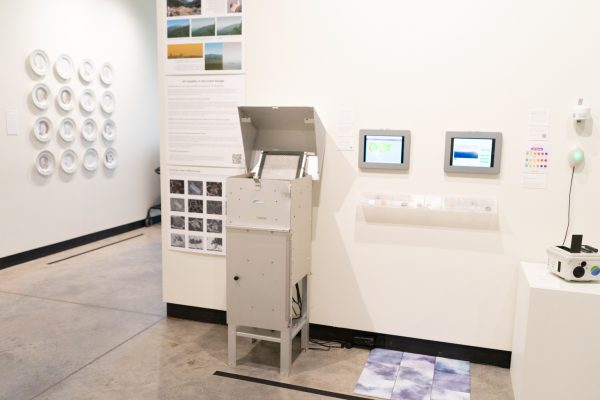
It is crucial to outline this connection so people understand just how much climate change impacts their health.
“We have to learn to live with fire, and living with fire means living with smoke,” Fischer said. “It’s important for people to recognize that these more extreme fire years will become more routine.”
Additional events for the exhibit and an Artist Talk with Kim Abeles is being held from 5:30-6:30 p.m. Feb. 27 in the Organ Recital Hall at the University Center for the Arts. Family Day in collaboration with the exhibition is from 10 a.m. to noon March 1 at the University Center for the Arts.
Reach Evan Borman at entertainment@collegian.com or on Twitter @CSUCollegian.



